The Local Road Research Board publishes a wide range of transportation-related educational materials. Our most recent and popular guidebooks, manuals and courses are available below. For all research reports, go here.
Contact our staff at research.dot@state.mn.us for more information.

Alternate Design Methods to Renew Lightly Traveled Paved Roads
Researchers showed that cold in-place recycling and full-depth reclamation with chip seals are often more cost-effective than full pavement reconstruction of rural asphalt roads. Check out the research report for other cost-effective alternatives.
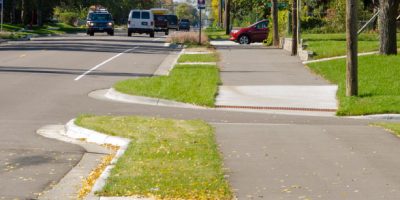
Best Practices for Boulevard Turf Design and Maintenance
A new guidebook, video and handout provide best practices for successful establishment of boulevard turfgrass after road construction.
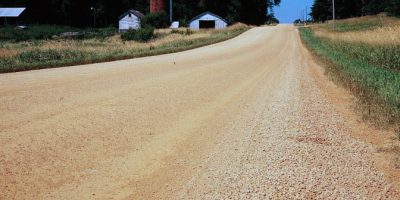
Gravel Road Management Tool
A new spreadsheet tool was designed to help local agencies manage their gravel roads. It can be used to track maintenance and construction data, as well as to track costs and optimize spending.
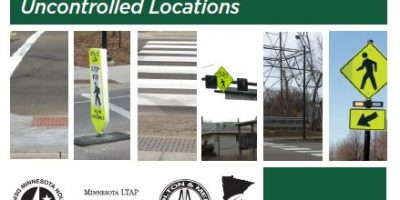
Pedestrian Crossings: Uncontrolled Locations
This guidebook recommends when to install marked crosswalks and other enhancements at uncontrolled locations based on a number of factors, including the average daily vehicle count, number of pedestrians, number of lanes, and average vehicle speed.

Base Stabilization Guidance and Additive Selection for Pavement Design and Rehabilitation
New guidebook available on base stabilization for new construction and Stabilized Full Depth Reclamation (SFDR) and the selection of suitable nonproprietary stabilization additives for individual specific projects.
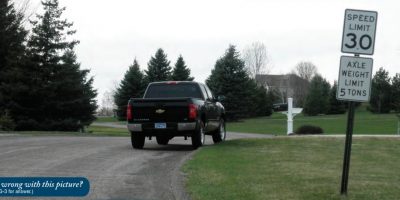
Traffic Sign Maintenance/Management Handbook
The handbook is intended to guide local governments about recommended sign maintenance methods that will help them meet FHWA’s adopted retroreflectivity performance measures and implementation deadlines.

Addressing Citizen Requests For Traffic Safety Concerns
A new guidebook provides a best practice approach to addressing citizen requests for common traffic safety concerns.
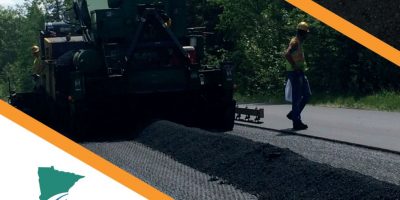
Synopsis of Recycled Asphalt Pavement (RAP) Material
The documents here provide users who are new to Recycled Asphalt Pavements (RAP) with Minnesota’s specifications, the findings from RAP use surveys in MN and nationwide, national trends, and resources to learn more.

Thinking About Building A Multi-Lane Roundabout?
Multi-lane roundabouts can be an effective intersection control and reduce injury crashes if the design and layout is carefully considered. Two LRRB-funded studies have recently been conducted to examine failure to yield and improper lane use violations. The findings are summarized here.
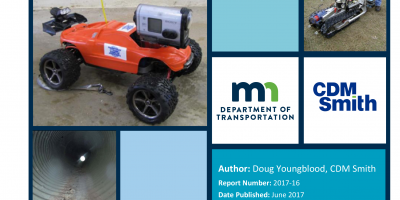
Enhanced Culvert Inspections Best Practices Guidebook
The Enhanced Culvert Inspections Best Practices Guidebook is a primer on common culvert inspection technologies and applications. The manual summarizes the advantages and limitations of each technology and provides best practices when planning for and implementing an enhanced inspection project.
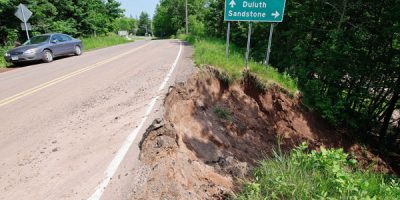
Slope Stabilization Guide for Local Engineers
A new user guide provides simple, cost-effective methods for stabilizing locally maintained slopes along roadways in Minnesota. Eight slope stabilization techniques are presented that local government engineers can undertake.
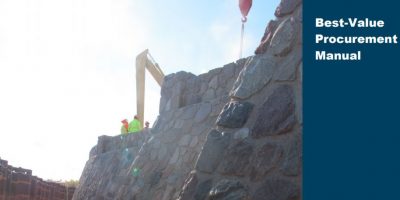
Best Value Procurement Development
This project aimed to develop guidelines, curriculum, and training on the use of best value methods for procurement. The resulting manual promotes a consistent procurement and proposal process for the benefit of both agencies and contractors.
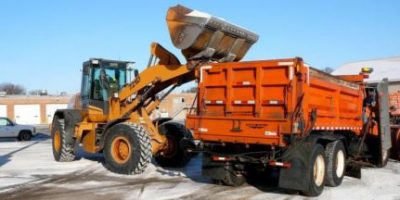
Snow & Ice Calibration Manual and Training
The purpose of this guide book is to provide easy-to-use steps for calibrating snowplow sander controllers. It is an experience-based guide that captures tips and techniques learned by experienced calibrators. It helps agencies calibrate their sander controllers so the correct amount of salt, sand or other solid material is applied to the road when treating roads during winter maintenance. The guide also includes calibration forms, and a general discussion about calibration.
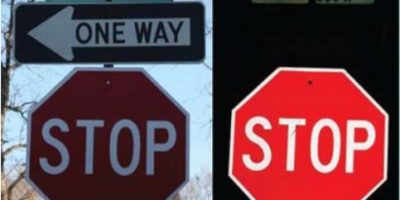
Sign Retroreflectivity: A Minnesota Toolkit
The Minnesota LRRB has developed a Sign Retro Reflectivity Toolkit to provide local governments,
especially small cities and townships, with guidance and resources to meet FHWA’s sign retroreflectivity deadlines.
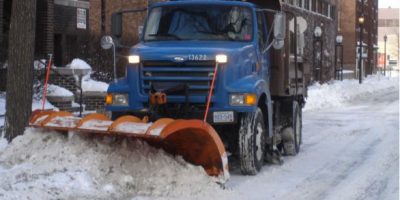
Snow & Ice Control Guidebook
This handbook summarizes common snow and ice control tools and serve as an introduction to the field of winter maintenance for operators and managers.
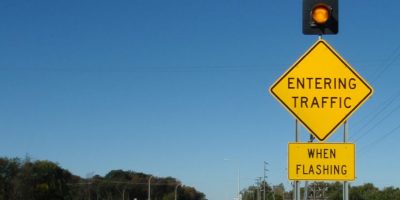
Intersection Safety Technologies
This guidebook is intended to help engineers select and deploy LED stop signs and ICWS at STOP-controlled intersections. These safety strategies should be included for consideration along with other safety improvements detailed in the TEM and Traffic Safety Fundamentals Handbook.

Minnesota’s Best Practices and Policies for Safety Strategies on Highways and Local Roads
This handbook aims to reduce the number of severe crashes on the state’s highway system by helping agencies design, operate, and maintain their systems of roads and highways. A spinoff from the ongoing County Road Safety Plan efforts, this resource contains traffic safety strategies, sample policies and best practices information to support agencies as they implement their own policies.
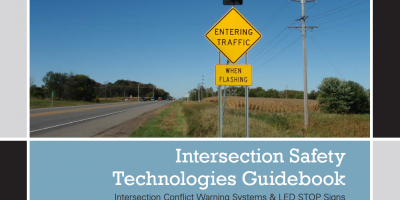
Guide for Rural Intersection Safety Technologies
A new guidebook is intended to help engineers select and deploy LED stop signs and ICWS at stop-controlled intersections.
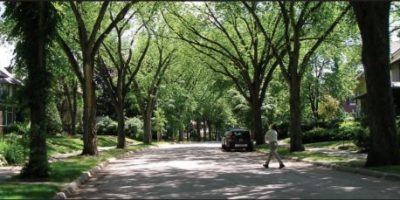
The Road to a Thoughtful Street Tree Master Plan
The manual will assist communities and planners to not only select the best trees for their available planting sites, but to use specific principles of street tree design to most effectively create public green spaces, positively affect traffic patterns, and create healthy living spaces.

Decision Tree for Stormwater BMPs
This tool, which can be used at the project scoping stage, assists city and county public works staff in the selection of best management practices appropriate for specific projects. This tool walks users through five steps in the selection process, and is intended for use with projects that don’t have a regional stormwater facility available.